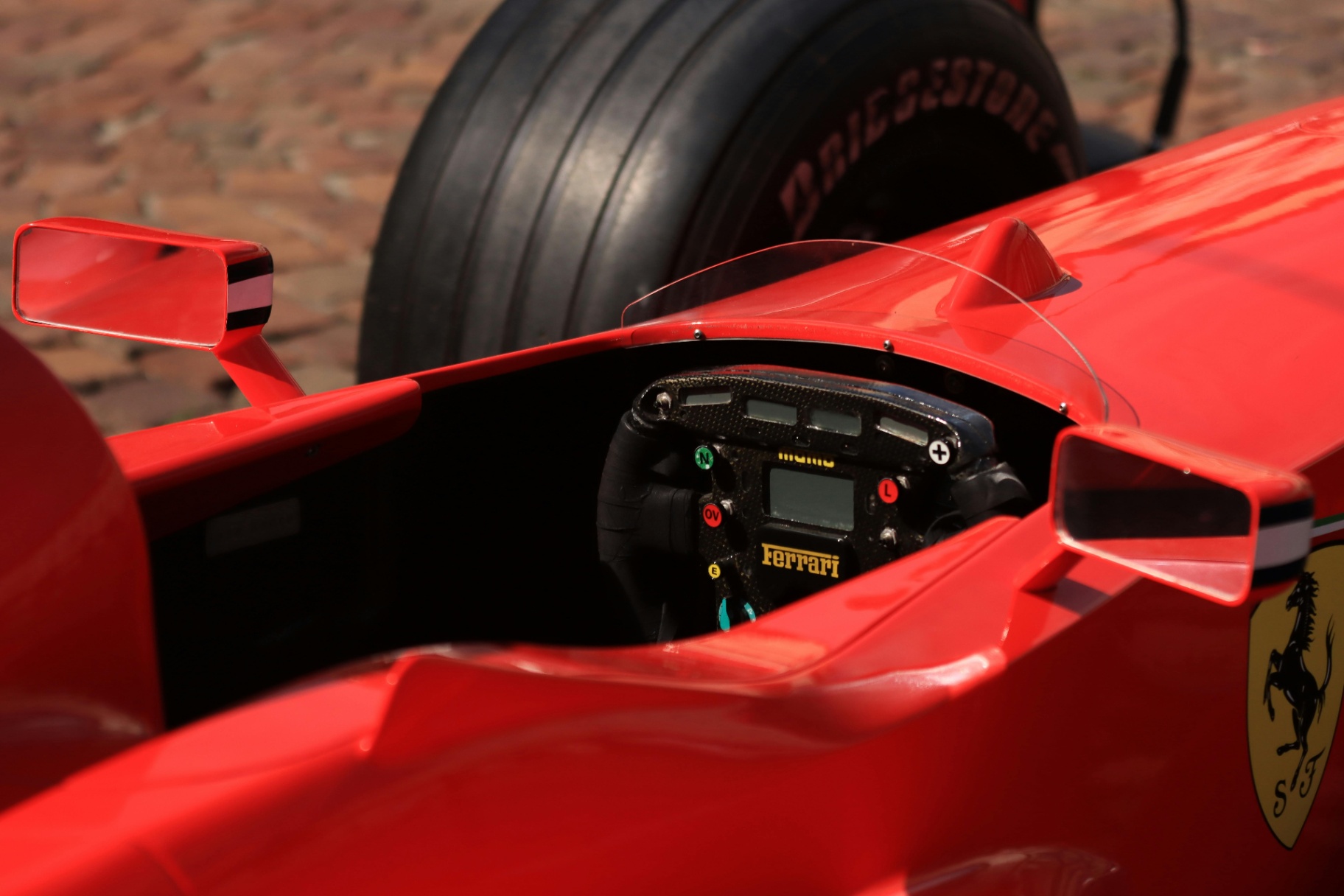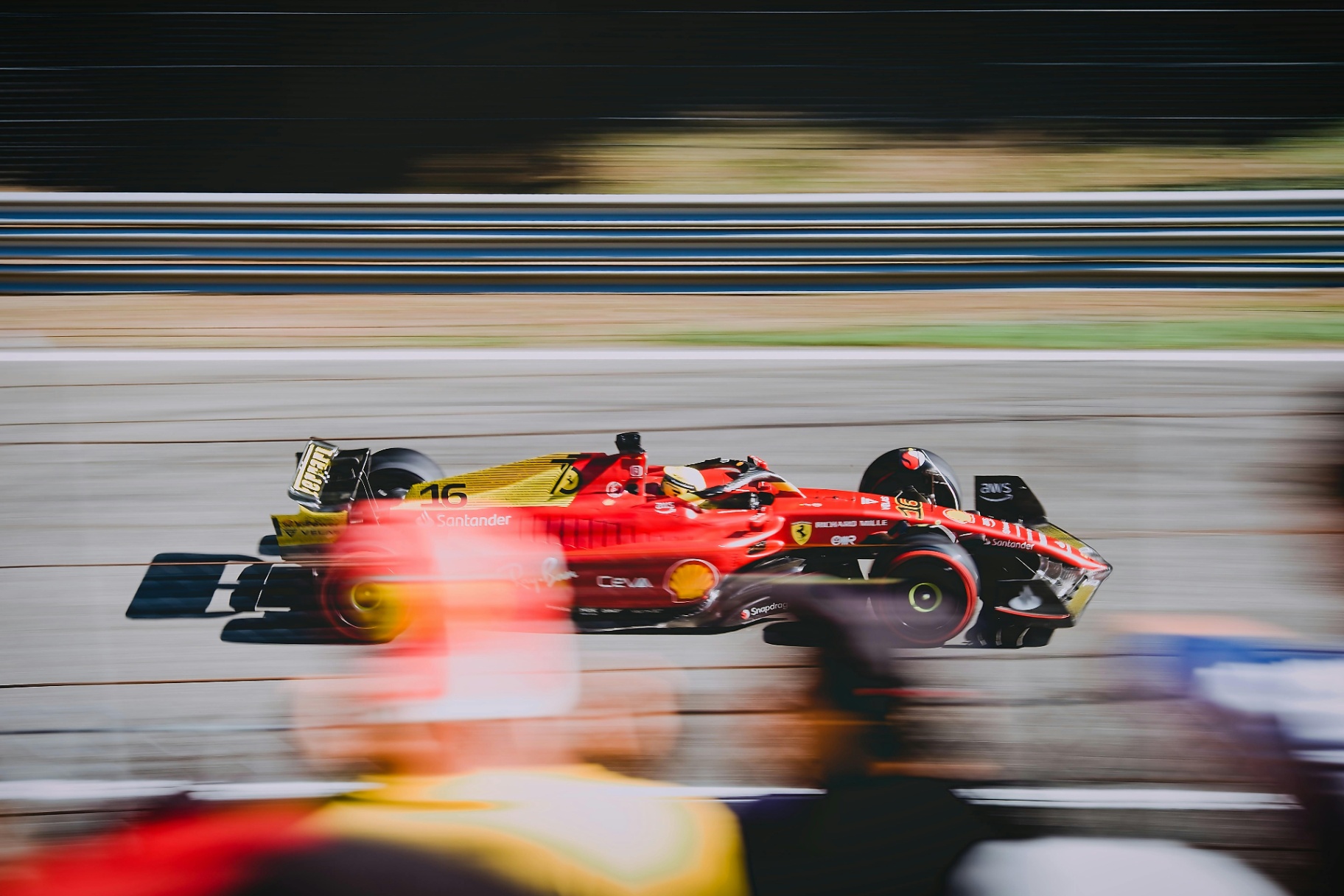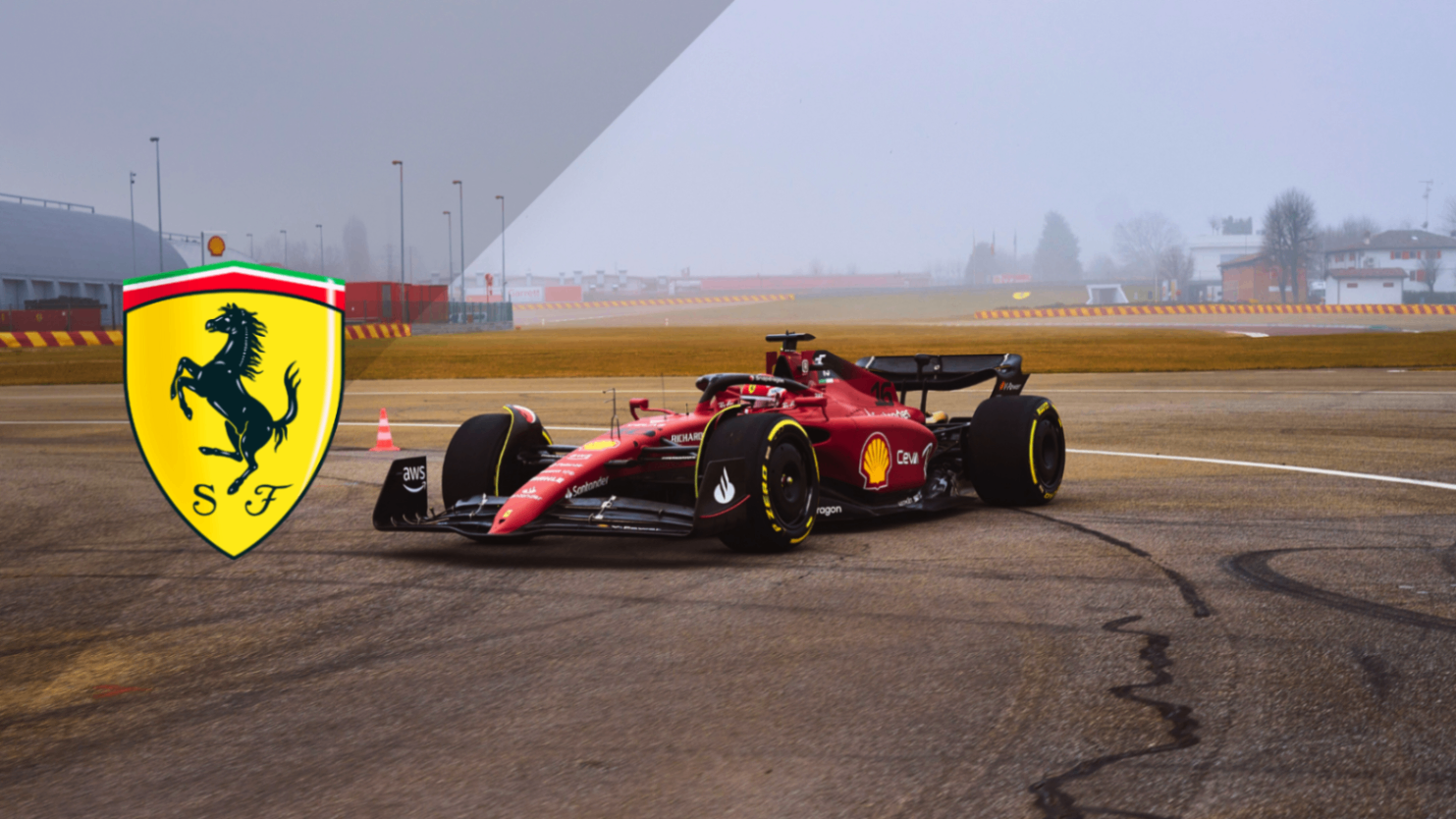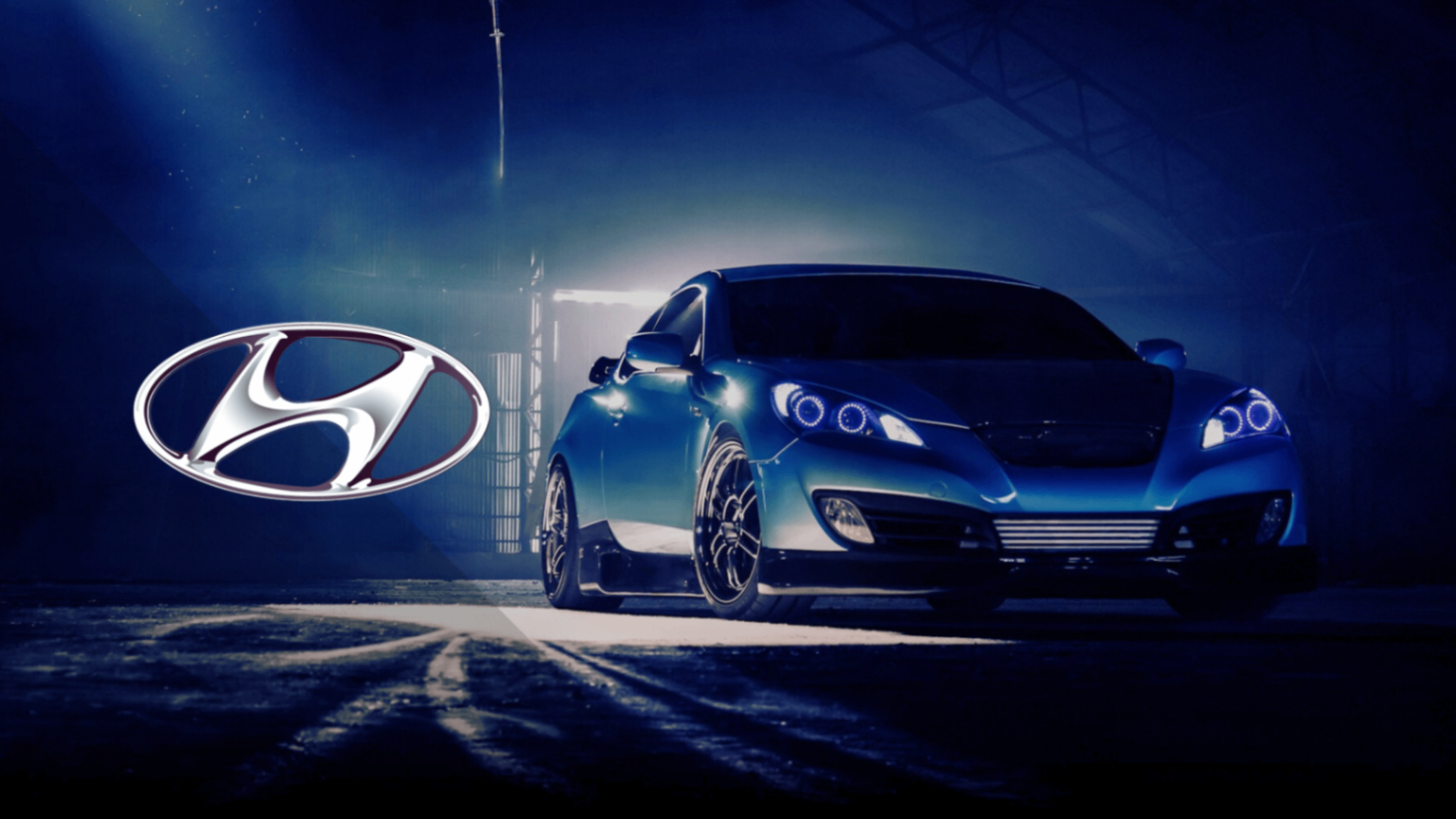
With over 70 years of history in the pinnacle of motorsport, Ferrari has forged an unparalleled legacy, filled with memorable victories, intense rivalries, and technological advancements that have defined the sport.
But how did a small Italian team become the indomitable Formula 1 giant we know today?
The Birth of Ferrari in Formula 1
It all started with a man named Enzo Ferrari, a visionary with a burning passion for racing that led him to found one of the most iconic racing teams in the world. Enzo didn’t just want to build cars; he wanted to build legends on wheels. Thus, Scuderia Ferrari was born, a team that, since its creation in 1929, even before manufacturing its own cars, was already competing in races for other brands.
However, the real leap to fame came in 1950, when Formula 1, a new and exciting global motor racing championship, held its first season. Ferrari was there from the start, ready to prove that Italy could challenge the world’s automotive powers. Enzo didn’t just want to compete; he wanted to win, and he knew that to do so he needed to create machines that were not only fast but perfect.
Check out the evolution of Formula 1 engines: Major changes in F1 engines over time
Ferrari’s first Formula 1 victory did not take long to come. In 1951, just one year after its debut in the championship, Ferrari achieved its first victory at the British Grand Prix at Silverstone, with Argentine driver José Froilán González at the wheel. It was a historic moment, not only because it was Ferrari’s first victory, but because it was the first time anyone had beaten Alfa Romeo, the dominant team of the time.
From that moment on, Scuderia Ferrari became a feared and respected name in the world of Formula 1. But success was neither easy nor quick. Enzo Ferrari faced countless challenges, from a lack of resources to fierce competition. However, his tenacity and his ability to attract the world’s best talent kept Ferrari in the fight.
The 1950s and 1960s saw Ferrari establish itself as a consistent competitor, with figures like Alberto Ascari and Juan Manuel Fangio taking the colors of the Prancing Horse to the top of the podium. It was an era in which passion, risk, and innovation defined every race, and Ferrari was always at the center of the action.
Thus, Ferrari’s early years in Formula 1 were a mix of glory, struggle, and an unstoppable thirst for victory. These origins forged the character of the team that, throughout the decades, has continued to pursue excellence.

Golden Eras and Legendary Drivers
Ferrari's Formula 1 history is written with names and moments that have been etched into the memory of every motorsport fan. Since its early years in the competition, Ferrari has been home to some of the sport's most legendary drivers and has experienced golden eras where glory seemed endless.
It all began in the 1950s when a driver named Alberto Ascari took Ferrari to the top of the world. Ascari was not only the first driver to win a world championship for Ferrari in 1952 but did so in a dominant fashion, repeating the title the following year. With his relentless style and ability to master any circuit, Ascari established Ferrari as an unstoppable force in Formula 1. It was an era in which the Scuderia seemed invincible, and Ascari became a legend, being the first driver to give Ferrari that sweet taste of continued success.
After Ascari, the Ferrari throne was occupied by another giant of motorsport: Juan Manuel Fangio. Although Fangio only raced one season with Ferrari in 1956, it was enough to leave an indelible mark. With his precise driving and intelligence on the track, Fangio won his fourth world title at the wheel of a Ferrari, reinforcing the team's reputation as the best in the world. His ability to get the best out of any car made him one of the greatest of all time, and his time at Ferrari is remembered as a moment of pure genius.
The story of Ferrari continued to unfold in the following decades, with moments of resurgence and drivers who entered the pantheon of Formula 1 heroes. In the 1970s, it was Niki Lauda who took the reins of the Scuderia and took it to new heights. Lauda, with his meticulous approach and fierce determination, won two world championships with Ferrari, in 1975 and 1977. His return to the team after a near-fatal accident in 1976 is one of the most moving and heroic stories in the sport. Lauda not only defied death; he defied all who doubted his ability to return to the top. His 1977 victory was a triumph not only for Ferrari but for the human spirit.
And then came the 2000s, an era that Ferrari fans remember with particular fondness. This was the era of Michael Schumacher, the driver who redefined what it meant to be a champion in Formula 1. Under his leadership, Ferrari experienced its brightest golden era, winning five consecutive drivers' titles from 2000 to 2004. Schumacher and Ferrari were a perfect match: the team and the driver understood each other almost telepathically, and together they dominated Formula 1 as never before. Schumacher not only broke records; he shattered them, and his legacy with Ferrari is, to this day, the standard by which success in the sport is measured.
These golden eras, forged by legendary drivers, are what have made Ferrari not just a Formula 1 team but a synonym for excellence, perseverance, and passion. Each of these eras has contributed to building the myth of Ferrari, a myth that is still alive every time a red car takes to the track, ready to fight for victory.

Innovation and Technology
Ferrari is not only famous for its Formula 1 victories but also for being an inexhaustible source of innovation and technological advancement in the sport. Since its early days, Scuderia Ferrari has understood that to be the best, it is not enough to have the best drivers; you also need to build the best cars, and that means being at the forefront of engineering and technology.
Ferrari's relentless pursuit of perfection has led the team to introduce some of the most important innovations in Formula 1 history. In the 1950s, when the competition was just beginning to take shape, Ferrari was already experimenting with new ideas, such as 12-cylinder engines that offered a unique combination of power and reliability. This commitment to advanced technology helped Ferrari dominate the first decade of Formula 1.
During the 1960s and 1970s, Ferrari continued to push the boundaries. One of the most important milestones was the introduction of advanced aerodynamics. Ferrari understood before many that it was not just about having a powerful engine, but about how the car cut through the air and stuck to the ground in corners. This understanding led to the development of the first wings, which significantly improved stability and cornering speed, and which are now an essential part of the design of any Formula 1 car.
But perhaps one of Ferrari's most iconic contributions to Formula 1 technology was the development of the carbon fiber monocoque chassis in the 1980s. This revolutionary advancement made cars not only lighter but also safer, something that became painfully evident after Niki Lauda's accident in 1976. From then on, Ferrari was committed to building cars that were not only fast but also protected their drivers in case of an accident.
In the 2000s, under the technical leadership of Ross Brawn and Rory Byrne, Ferrari developed one of the most successful cars in F1 history, the F2002. This car incorporated key advances in suspension, aerodynamics, and weight distribution, allowing Michael Schumacher and Ferrari to dominate the 2002 season almost unopposed. This dominance was the result of a perfect combination of the most advanced technology and the skill of an extraordinary driver.
Today, Ferrari continues to be a pioneer in Formula 1 technology. In an era where energy efficiency and power management are crucial, Ferrari has been at the forefront of the development of hybrid power units, which combine electric and internal combustion engines to deliver exceptional performance while meeting strict environmental regulations. Additionally, Ferrari continues to innovate in areas such as data management and simulation, using supercomputers and sophisticated algorithms to improve every aspect of car performance before they even hit the track.
Rivalries and Iconic Moments
If there's one thing that has defined Ferrari in Formula 1, besides its passion for victory, it's its epic rivalries and the iconic moments that have been etched into the memory of fans. Throughout the decades, Ferrari has been part of titanic duels, facing other automotive giants and being the protagonist of some of the most exciting and dramatic moments in the sport.
One of Ferrari's first great rivalries was with Maserati in the 1950s. Italy was divided between Ferrari and Maserati fans, and each race became a national battle for supremacy. But it was in the 1960s when one of F1's most legendary rivalries began to take shape: Ferrari versus Ford. This confrontation not only took place in Formula 1 but also in the 24 Hours of Le Mans, and it reached its peak when Ford, after being rejected in an attempt to buy Ferrari, decided to defeat the Italians on their own turf. This epic story even inspired a film, and although Ford won at Le Mans, Ferrari continued its dominance in F1, where blood, sweat, and speed defined every victory.
Learn about Ford's history in: He hated working on a farm and created Ford | Ford's Story
In the 1970s, Ferrari found a new rival in McLaren. The rivalry between these two teams reached its peak in 1976, with the dramatic duel between Niki Lauda of Ferrari and James Hunt of McLaren. The season was a whirlwind of emotions, marked by Lauda's terrible accident at the German Grand Prix, which nearly cost him his life. Against all odds, Lauda returned to the track just six weeks later, showing a determination and courage that resonated around the world. Although Hunt took the title that year, Lauda and Ferrari became symbols of struggle and overcoming adversity, leaving an indelible mark on F1 history.
The 1980s and 1990s brought new challenges, with the rivalry between Ferrari and Williams and McLaren dominating the tracks. The battle between Alain Prost, who drove for Ferrari in 1990, and Ayrton Senna, of McLaren, was one of the fiercest. The controversy reached its climax at the 1990 Japanese Grand Prix, where a first-corner collision between Senna and Prost decided the championship in favor of the Brazilian. It was a moment charged with tension and drama, making it clear that in Formula 1, every inch of the track can change a team's destiny.
However, the true golden era of rivalries for Ferrari came in the 2000s, with the historic battle against McLaren and Mercedes. With Michael Schumacher at the wheel, Ferrari dominated F1 as never before, but not without facing tough challenges. The rivalry between Schumacher and Mika Häkkinen of McLaren was one of the most exciting duels of the era, with both drivers pushing each other to the limit in every race. The 2000 and 2001 seasons were filled with iconic moments, from impossible overtakes to seemingly impossible victories, like the legendary race at Spa in 2000, where Schumacher and Häkkinen starred in one of the best overtakes in the sport's history.

Scuderia Today: Continuity and Evolution
In the modern era, Ferrari remains synonymous with passion and dedication but has also adapted to the challenges of a rapidly changing sport. The Scuderia has faced a rollercoaster of ups and downs in recent years, but each challenge has been an opportunity to evolve. In an environment where technology, aerodynamics, and energy efficiency play a crucial role, Ferrari has invested heavily in research and development to remain competitive. This has not only allowed the team to continue fighting at the top but has also demonstrated its ability to reinvent itself and overcome difficulties.
One of the pillars of Ferrari's continuity has been its focus on young talent. In recent years, the Scuderia has bet on promising drivers like Charles Leclerc, who has quickly become one of the team's stars. Leclerc, with his aggressive driving style and unwavering determination, has brought a new energy to the team, reminding fans that Ferrari not only lives on its glorious past but also looks to the future with ambition.
Under the direction of a renewed technical team, Ferrari has worked hard to close the gap with its main rivals, such as Mercedes and Red Bull. Although the competition is fierce, the Scuderia remains a formidable contender, capable of challenging any team on any circuit. Each season, Ferrari refines its car, seeking that perfect balance between power and maneuverability that has been its hallmark since its early days.
The Scuderia Ferrari has also embraced the hybrid revolution in Formula 1, where power units are not just internal combustion engines but sophisticated hybrid systems that combine efficiency with performance. This change has been a challenge but also an opportunity for Ferrari to demonstrate its ability to innovate and lead in technology. Engineers in Maranello have worked tirelessly to develop power units that are not only fast but also reliable and efficient, keeping Ferrari in the fight for championships.
Despite the challenges, Ferrari remains the most beloved and followed team in Formula 1. The passion of the tifosi, Ferrari fans, is unmatched, and their constant support is a reminder of what the Scuderia represents: not just a racing team but a symbol of excellence, tradition, and the eternal pursuit of perfection.
As we look to the future, one thing is certain: Ferrari will continue to be synonymous with excellence in Formula 1, a team that not only competes but embodies the spirit of speed, innovation, and the eternal pursuit of perfection. The Scuderia Ferrari continues to accelerate towards new horizons, and we, as fans, have the privilege of witnessing its extraordinary journey.






